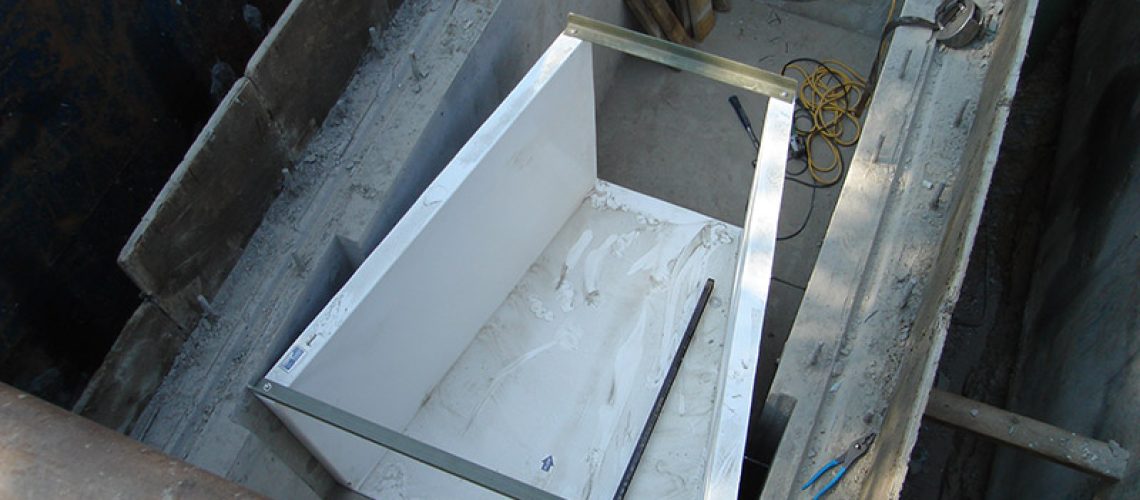Flumes can be a great way to measure flow rate in just about any wastewater channel, but they do require some effort to ensure that these measurements are accurate. Proper measurements require certain conditions to be met, and when they’re not, your entire measurement efforts could be rendered useless. Learn about the most common flume errors, and discover how to avoid them.
Misplaced Staff Gauge
A staff gauge is generally a fairly effective way to measure flow rate, but it has to be in the right place. The point of measurement in a Parshall flume, for example, is about two-thirds of the converging wall’s length behind the throat. Any other location, and it won’t display the readings you need. Things get even more complicated when you opt for a flume with slanted walls, as you may need a specialized gauge to make it easy to read and accurate.
Unlevel Flume
While leveling flumes is a standard aspect of installation, they can get off their level orientation over time. This is particularly common in earthen channels. As earth settles or shifts over time, the flume may follow suit. These shifts are often not perceivable with the naked eye, so frequent tests for levelness are essential, especially during winter under the threat of frost heaving. Don’t forget to measure how level the flume is from the floor, not the top of one of the walls.
Bypassing Flow
When a flume is installed, its floor and walls essentially become the floor and walls of the channel as far as the flow is concerned. Over time, however, the walls and floor can erode, leaving small gaps for flow to get through. If any part of the flow is bypassing the flume by going under or around it, your measurements will be completely thrown off, so you need to make sure there aren’t any openings.
Submergence
Submergence is a state in which the flow has completely overtaken the flume, essentially putting it underwater. This typically occurs when the downstream conditions don’t allow the flow to exit the flume properly, causing it to build up on itself until it eventually takes over the entire flume. To fix this, one must either raise the flume or alter the downstream conditions to allow for a proper exit of the flow out of the flume.
Altered Velocity Profile
Just as the downstream conditions must be optimized to prevent submergence, an upstream velocity profile that’s abnormal can throw off measurements as well. The flow must be equally spread across the channel and approach the flume straight on. Approaching at an angle can cause waves, turbulence and other issues that throw off measurements. Optimizing the upstream conditions can be tough, but there are methods to control the flow more precisely.
Flumes With Tracom
If you’re looking to avoid the common flume errors, Tracom has got you covered. Our experts not only know how to design and manufacture quality fiberglass flumes, but our expertise and support can help you make sure you’re getting the accurate measurements you need. Contact us today to get started.


